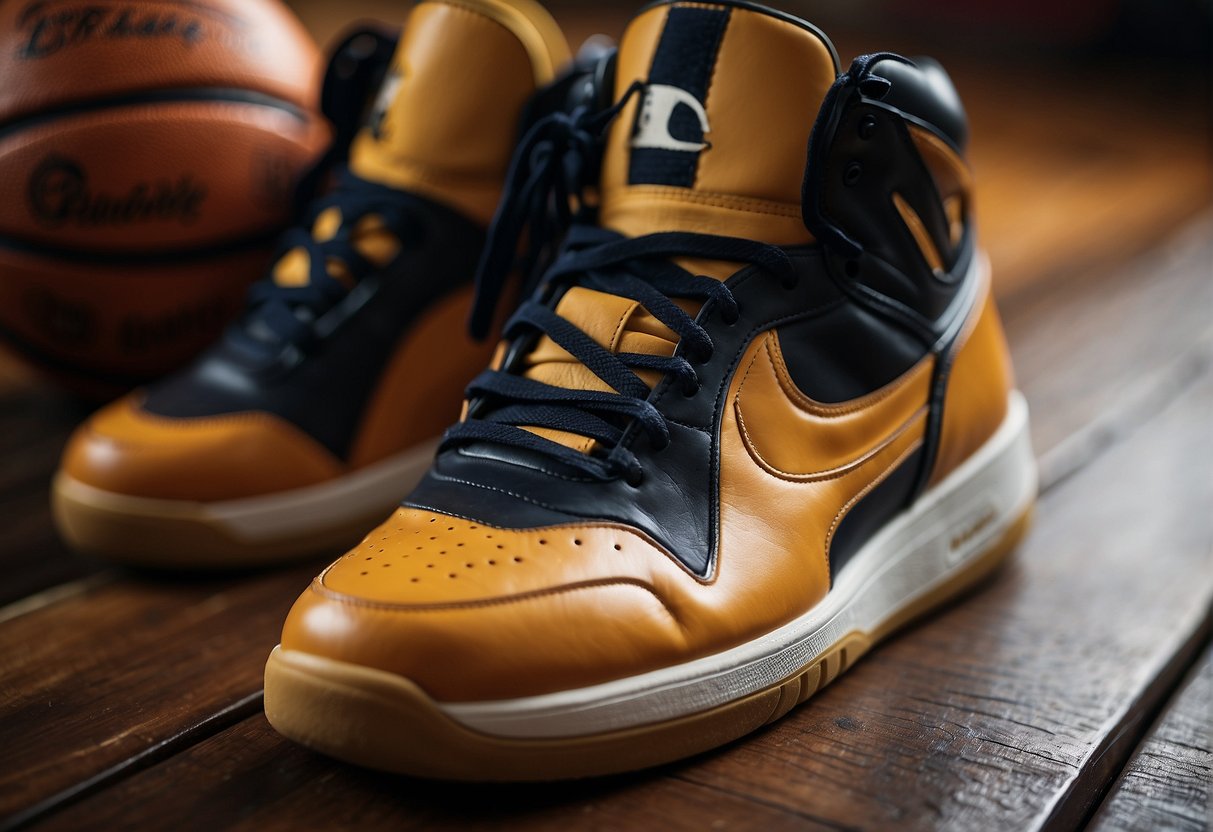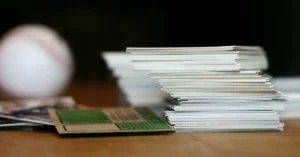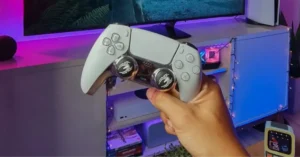Elevate your basketball shoe lacing game with my expert guide. Learn how to thread your sneakers for enhanced performance and superior ankle support, ensuring you’re at the top of your game every time you hit the court.
How to Lace Basketball Shoes: Basics
Choosing the right way to lace your basketball shoes can enhance both comfort and fit, ensuring you’re ready for any on-court action. Your lacing method can affect your performance and reduce the risk of injury.
Anatomy of Basketball Shoes
Your basketball shoes consist of several components that contribute to their functionality. The eyelets are the small holes through which you thread your shoelaces; they play a crucial role in achieving a snug fit. Often, basketball shoes, such as high-top Nike, will have more eyelets to offer greater support and a customizable fit.
Choosing the Right Laces
When selecting shoelaces for your basketball shoes, consider both material and length. The length of the lace should correspond to the number of eyelets on your shoe — typically, the more eyelets, the longer the lace required. Durable materials like polyester or nylon can withstand the rigors of the game.
Lacing Techniques Overview
Various lacing techniques cater to different needs, from enhancing comfort to providing a secure fit:
- Standard Crisscross Lacing: This common method provides a secure fit and works well for most shoe types, especially when you’re after a balance of comfort and support.
- Skip-Lacing for High Arches: You can ease pressure over your arch by skipping an eyelet or two, making your shoes more comfortable.
Preparing for Lacing Basketball Shoes

Measuring for Proper Lace Length
To measure for the best lace length, you’ll need to consider the number of eyelets on your shoe and the width of your foot. Here’s a quick guide:
- 6 eyelets: 27″ to 30″ laces
- 7 eyelets: 30″ to 33″ laces
- 8 eyelets: 33″ to 37″ laces
Choose laces that are made from durable material and match or complement your shoes.
Inserting Laces into Eyelets
When inserting laces, begin from the bottom-most eyelets and work up to ensure even lace distribution. Push each end of the lace through the two lowest eyelets from the outside in, providing equal lengths of lace on both sides for a balanced fit.
Step-by-Step Lacing Techniques

Selecting the right lacing method for your basketball shoes can improve comfort and performance. These techniques will modify the fit and may enhance the shoe’s support during play.
Crisscross Lacing Method
The Crisscross Lacing Method is known for its balance between snugness and comfort. To execute this, feed the laces through the bottom eyelets until they are even. Proceed by threading the lace from the left eyelet over to the right and vice versa, creating a classic crisscross pattern as you move up the shoe. Pull each cross tight for a secure fit without compromising circulation.
Loop-Back Lacing Method
The Loop-Back Lacing Method can give you a tighter feel, particularly around the heel area. Begin as you would for crisscross lacing, but after a few eyelets, thread the lace back through the loop it creates before crossing over, creating mini loops or “bunny ears” that you pull tight. This method can be particularly helpful if your heel slips while you play.
Ladder Lacing Method
The Ladder Lacing Method is ideal for maximum tightness and a locked-in feel. Start by running the laces straight across the bottom and vertically up the sides. Horizontally cross the laces under the vertical sections, climbing your way to the top like rungs on a ladder. This technique looks unique and provides strong support for your feet.
Tying and Securing the Knot

After lacing your basketball shoes, the final step is to tie and secure the knot for a snug fit that supports your foot. This simple yet crucial action can mean the difference between a comfortable game and one filled with distractions.
Making a Secure Bow
When you tie your bow, ensure it’s tight enough to hold the shoe comfortably in place without restricting circulation. Cross the two lace ends, loop them into a bow as you usually would, and pull to adjust the tension.
- Cross the left lace over the right one, then under, and pull tight.
- Form a loop with each end (like bunny ears).
- Cross the loops and pull one through the hole that forms.
- Gently tighten to create a neat bow.
Double Knot for Added Security
A double knot is your best bet for a secure fit that stays tied all day.
- After creating the initial bow, do not let go of the loops.
- Take each loop and tie them together again, as if you are tying another knot on top of the bow.
- Pull tightly to ensure the double knot is compact and less likely to come undone.
Lace or cord locks can provide additional security by fastening the shoelaces without tying. These devices clamp onto the laces, locking them at the top eyelets for a fit that won’t slip.
If lace locks aren’t available, tucking the lace ends into the sides of your shoes after tying your knot can help prevent them from tripping you up. This method of securing shoelaces can benefit those who find loose lace ends bothersome.
Adjustments for Fit and Support

When lacing your basketball shoes, the proper adjustments can make all the difference for achieving a snug fit and optimal support. It’s essential to tailor the fit to your feet’s shape and your arches’ needs.
Customizing Fit for Wide Feet
If you have wide feet, you’ll want to ensure comfort without compromising on the snug fit that keeps the foot stable during movements. Begin by loosening the laces to create more room. As you move up the shoe, you may want to use a parallel lacing technique to prevent constriction across the broadest part of your foot. This method promotes an even tension across the foot, offering a better fit and extra cushioning where you need it.
Ensuring Ankle Support for High Arches
For those with high arches, adequate ankle support is crucial. Start with a standard crisscross lacing pattern, making sure not to pull too tightly as this can create pressure points. To give extra support to your ankle, consider using the loop-lacing lock near the top of the shoe, which can offer additional stability. This adjustment ensures your high arches are well-supported while maintaining comfort.
Performance and Style Considerations

When you lace up your basketball shoes, you set the stage for your performance on the court and your style game. Getting the optimal fit enhances control and agility and maintains safety during play.
Performance: Properly laced shoes ensure a fit that supports peak performance. You want to make those quick cuts and sprints without slipping or feeling unstable. The way you lace up can create a significant difference to your speed and agility, giving you the freedom to move precisely as you intend.
- Control: How tight or loose you lace up affects your foot’s grip inside the shoe. Threading too tightly may hinder circulation, while too loose can decrease stability.
- Agility: Lacing techniques that alleviate pressure on your foot arches can prevent discomfort, allowing for fluid, agile movements.
Style: It’s not just about performance; your shoes express your personality too. Many NBA players personalize their lacing style for that unique edge.
- Appearance: Experiment with lacing patterns to find a look that complements your shoes and style.
- High Tops: Consider how the lacing aligns with the shoe’s design for those high tops – it can be both a safety feature and a fashion statement.
FAQ
Should you lace basketball shoes loose?
Lacing basketball shoes loosely or tightly depends on personal preference and comfort. Some players prefer a snug fit for better ankle support, while others prefer a looser fit for flexibility and comfort during play.
How do you hide laces on basketball shoes?
To hide laces on basketball shoes, you can tuck them underneath the tongue of the shoe or use lace locks or lace covers designed to keep laces secure and out of the way during play.
How do you lace sports shoes?
There are various methods for lacing sports shoes, including straight lacing, criss-cross lacing, and loop lacing. Choose a lacing technique that provides a comfortable and secure fit for your feet and the specific activity you’ll be doing.
How do you wear basketball shoes?
When wearing basketball shoes, ensure they fit comfortably with enough room for your toes and a snug fit around the heel and ankle. Lace them up securely, adjust any straps or fasteners, and ensure proper support and stability for your feet and ankles during play.
If you enjoyed reading about the topic: How to Lace Basketball Shoes, leave a comment and stay updated on Pinterest for more exciting basketball news.
Leave me a comment and make sure to also check out Why Do NBA Players Get Paid So Much.






